Of the ever-increasing number of states in India, three states top the chart for me. My native state Kerala, Maharashtra, my home for a long long time, and the mystical Arunachal Pradesh. This love for the state dates back to the University days when the Professor asked the class ‘Why is the state called Arunachal Pradesh?”. And he went on to explain that it was because sun rises there, first in India.
Well, whether it is true or not, that elicited an interest, which only grew to a fascination in the coming years. What was taught in the lab faded to oblivion; but the place remained unforgettable.
So when PhotoWalk Connect Dubai and mentor Subodh Shetty announced their latest photography trip, it was time, to mark the silver year of that fascination. Although far from Dong valley, Ziro was still near in a scale of the Universe for the first rays of the Sun.
Ground Ziro – Dree Festival 2019
Dree festival is an annual agricultural festival celebrated and observed by the Apatani Tribe to get healthy crops and a bumper harvest. Apatanis are known for their systematic land use practices, scientific agriculture and sustainable management of natural resources. They are also known for intricate handloom designs, skills in cane and bamboo crafts and colorful festivals.
The most distinguishing character of Apatanis is the tradition of wearing facial tattoos (Tiipe) and large nose rings (Yaping hullo) by women. Once considered to be a coming of age tradition for girls, it’s now a non-existent tradition due to a Government ban and cultural influences. Only women of old age can be seen now, with nose rings and facial tattoos. Apatani male decorates the middle of the chin by tattooing a “T”. The males also wear big pieces of bamboo called Yaru Hukho as an earplug. The hair is combed and tied on forehead called Piiding, which is perceived to enhance their handsomeness.
It was a long travel. We had grouped together at Delhi and flew into Guwahati.

Flying above the clouds

Nearing Guwahati.

Ariel view
A bus took us to Guwahati Railway Station from where we rode the Donyi Polo Express to Naharlagun. A late lunch on the way to railway station entertained with a taste of Assamese cuisine.

A rather hot and humid Guwahati Railway Station
Eager to get a glimpse of how the sun rises in the land of the rising sun, I woke up early, had my cameras ready and took my place at the door, against all security norms.

First glimpse of the Mystical Arunachal Pradesh


But the clouds ensured that the sun remains elusive.

Itanagar / Naharlagun railway station

From Naharlagun another bus and a Sumo took us to Ziro.

A small dam enroute
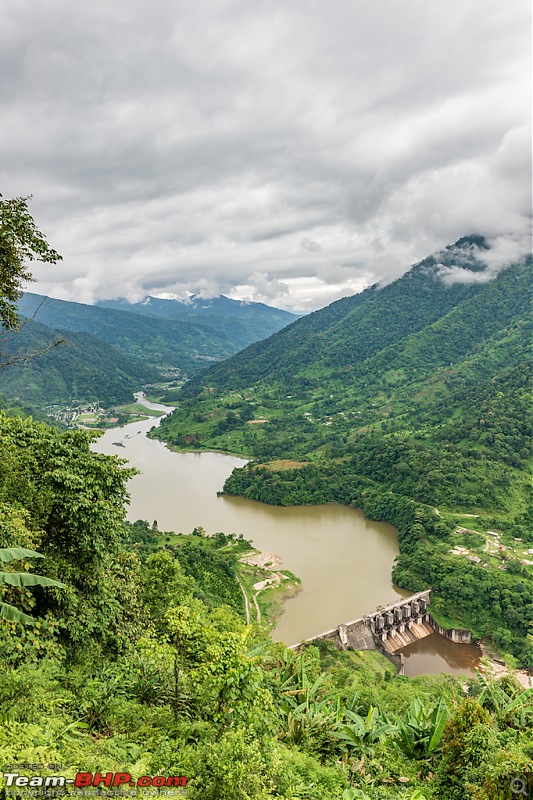
At Potin

At Potin, a midway break.

Paddy fields somewhere near Yachuli
The 100 odd kilometers was done in 6 hours with several check posts in between, where we were required to show the ILP.

At Hapoli
Checked into Ziro Palace Inn and got treated to local cuisine of boiled vegetables and chicken for lunch. Satiated and rested, we made our way to one of the Dree festival grounds. There were no cultural activities happening but all the stalls were set up with all merchandise from food to clothes to ornaments and games.

Ever-smiling and very helpful lady at the Kasturba Centre.
After a stroll at the festival grounds, we left for Hari Village.

A typical Ziro landscape.
Although a strange place, it never felt unsecure. People were friendly and amused to know that we had traveled thus far to see their pooja or the Dree festival.

Determination challenged. A painful sight in a rather quaint village.

Typical architecture of Ziro. This one looked like a new house constructed of bamboos.

Paddy fields
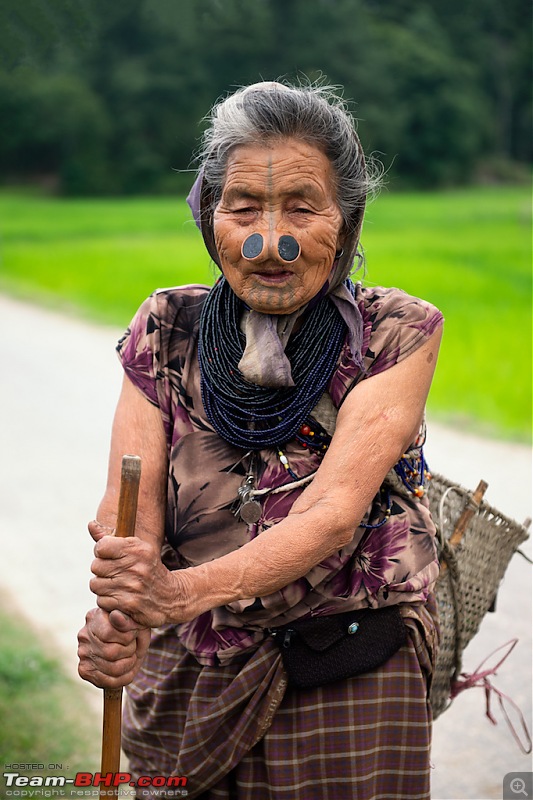
Anne was returning from her field while I met her. Although initially she turned down my request for a picture of her, a couple of locals convinced her to make this photo. Later we both walked together to her house. She would often stop, straighten herself with the help of her stick and then walk hunched. In a mix of sign language and Hindi, I understood that she has 4 children and 10 grandchildren. All of them were living, possibly in other villages or even in Itanagar, which I was not able to decipher.
Aba was at their home with his brother when we reached.

One of the happiest couple I've ever seen.

A kind neighbour did the honors of translation.

Aba lit his pipe from the fireplace and an old TV beamed some programs.

The house was a typical Apatani house with veranda, and living room with fireplace.
Bidding farewell, I moved on wandering along the lonely gullies of village.

One of the totems of religious importance.

Bamboos are grown in protected and fenced areas; mainly cultivated for constructing traditional houses or crafts. Down south, it would have been a field day for a wild elephant.
It was already dark and I walked back to the parking area where others were waiting in the bus. Returned to the hotel to find that it has been put under heavy security as the minister who would be the chief guest for Dree Festival was camping in the same hotel.
 (25)
Thanks
(25)
Thanks
 (18)
Thanks
(18)
Thanks
 (20)
Thanks
(20)
Thanks
 (32)
Thanks
(32)
Thanks

 (2)
Thanks
(2)
Thanks
 (1)
Thanks
(1)
Thanks

 (3)
Thanks
(3)
Thanks
 (1)
Thanks
(1)
Thanks
 (1)
Thanks
(1)
Thanks
 (2)
Thanks
(2)
Thanks
 (1)
Thanks
(1)
Thanks
 (1)
Thanks
(1)
Thanks
 (2)
Thanks
(2)
Thanks
 (2)
Thanks
(2)
Thanks
 (1)
Thanks
(1)
Thanks




































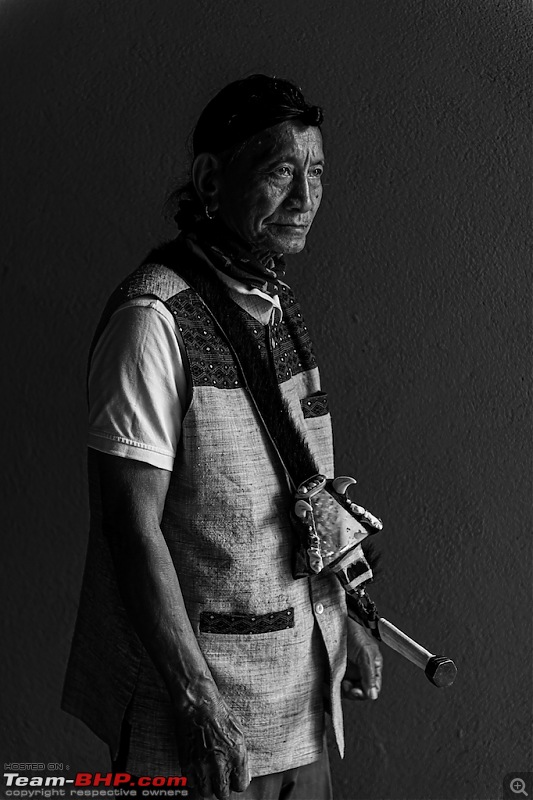



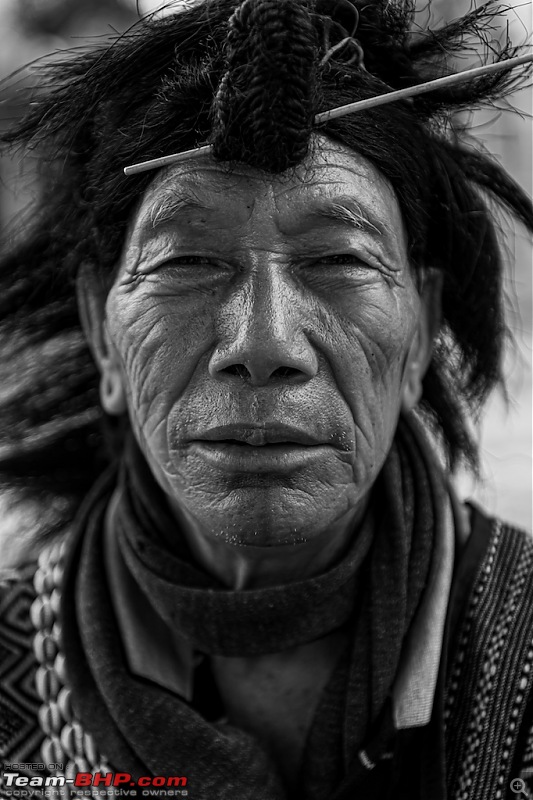


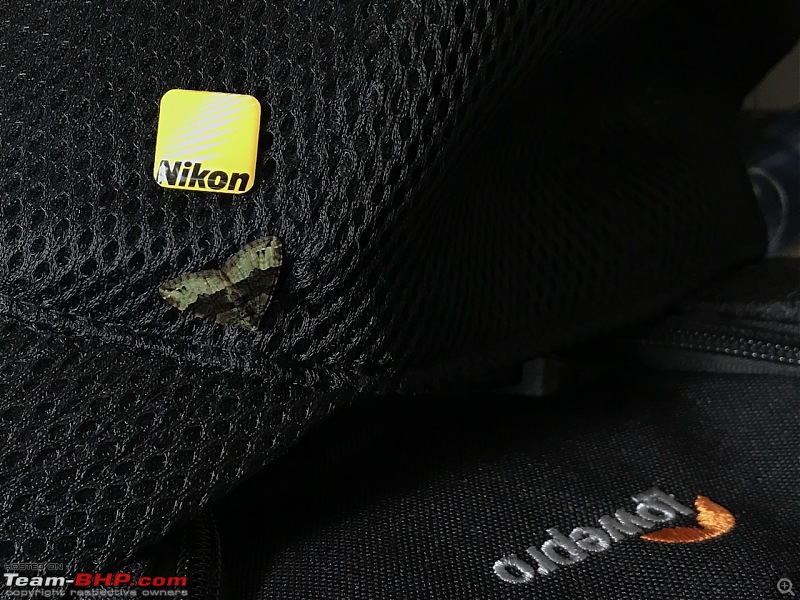





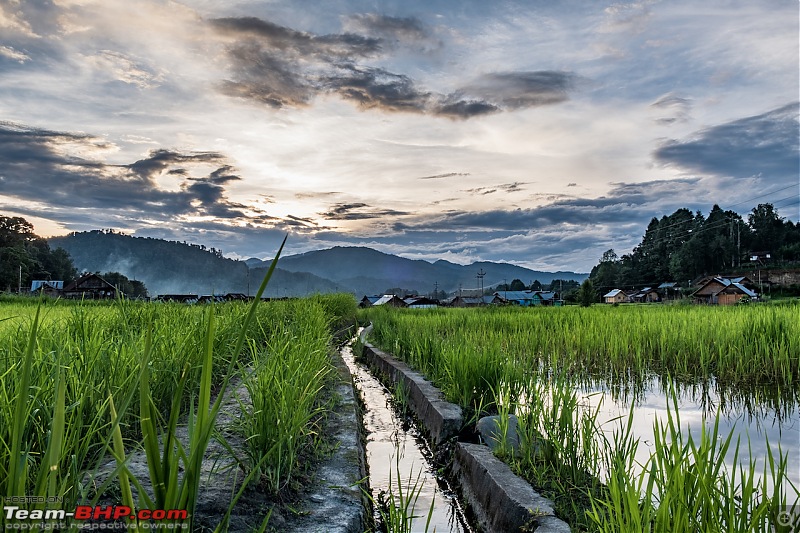
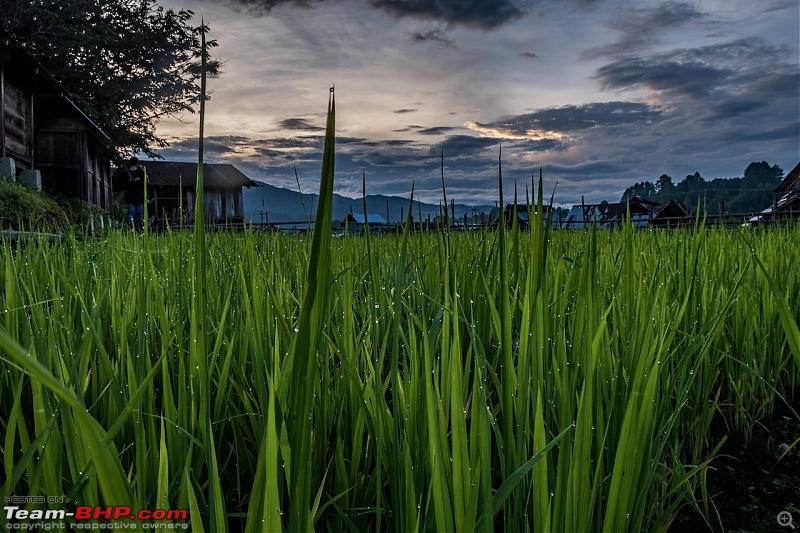













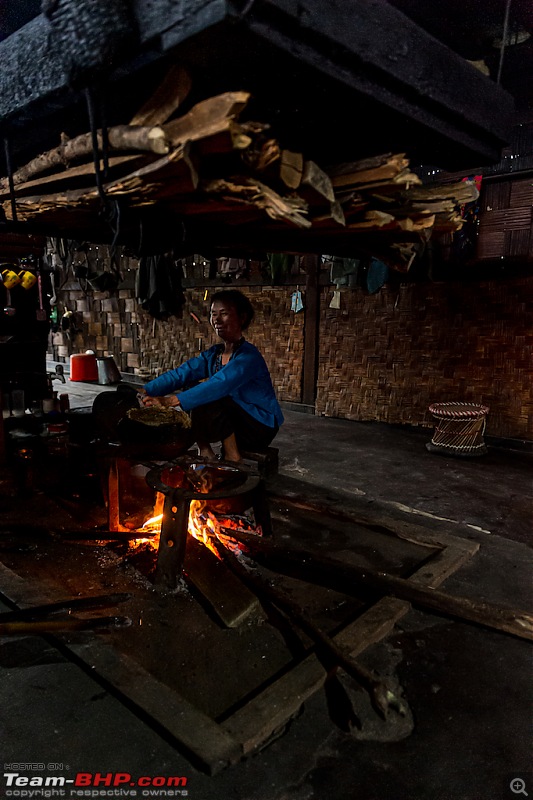


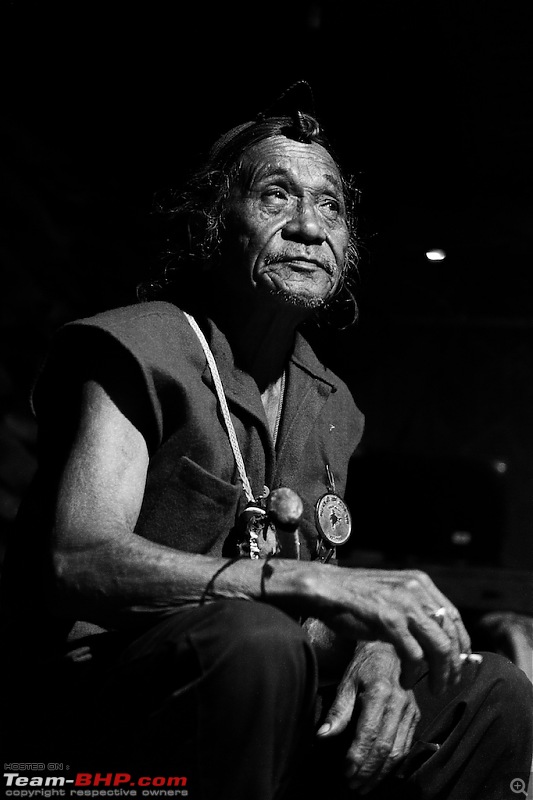
















 Looks like we have two things in common. Connection to the Gods Own Country as well as the Fascination for Arunachal (the entire NE for that matter).
Looks like we have two things in common. Connection to the Gods Own Country as well as the Fascination for Arunachal (the entire NE for that matter).